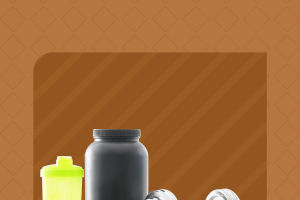Nowadays, everyone uses ceramic bowls at home. As a must-have tableware every day, it is closely related to our health.
The shape of ceramic tableware is delicate and diverse, and the colors are bright and easy to clean. Although ceramics have brought countless conveniences to everyone in life, it is still unavoidable that it has certain harm to the human body.
The color glaze used in ceramic tableware contains mercury, Radium, lead, etc., which will cause harm to the human body, In long-term use, it is easy to cause metal poisoning.
Therefore, the selection of ceramic tableware is also a university question. Today, I will share with you some tips for choosing ceramic tableware, so keep your eyes open.
1. From the perspective of porcelain
When purchasing ceramic daily necessities, bone china and reinforced porcelain are better, both of which are the materials of high-quality tableware.
Bone china is recognized as high-grade porcelain in the world. In nature, there are not many sources of calcium oxide, so the animal bone meal is selected as the source of calcium oxide. One way to improve the quality of porcelain is to increase the proportion of bone meal, which will be reflected in the gloss and luster of the porcelain.
2. From the point of view of flower decoration
According to the characteristics of the flower surface, it can be divided into on-glaze color, in-glaze color, under-glaze color and color-glazed porcelain, and some uncolored white porcelain. What is glaze? The glaze is a powerful substance.
The glaze is applied to the ceramic body, and after passing through the kiln, the ceramic product can obtain a glossy and non-absorbent surface. Unglazed ceramics will have a rough and dull surface after firing, such as purple sand pottery.
3. Quality standard for ceramic tableware
1. Appearance quality standard:
Appearance quality is an important indicator of product grading. The first-class products are equivalent to the international advanced level, the first-class products are at the advanced level, and the qualified products are at the general level. First-class products and qualified products have more relaxed requirements than superior products in terms of allowable defects.
2. Lead and cadmium dissolution standard:
One of the most important safety and health indicators of ceramic products is the dissolved amount of lead and cadmium. If the production process is not properly controlled, it is very easy to cause excessive dissolution of lead and cadmium during use. Frequent use of such products can easily lead to heavy metal poisoning of lead and cadmium.
Generally speaking, ceramic bowls can be placed in a pot for steaming, because ceramics are usually made at high temperatures, so the heat resistance is very good, and they can withstand the rising temperature during cooking. It is very good for steamed vegetables, steamed bread, or other food.
However, when taking out the ceramic tableware during use, it cannot be placed directly on the metal or marble table, otherwise, the ceramic bowl will burst due to thermal expansion and contraction, which is dangerous. It is recommended to put a cushion under the tableware.
Ordinary ceramic bowls can also be placed in the oven because the ceramics are fired with clay at a high temperature of 1000 degrees, and the temperature of the oven generally does not exceed 250 degrees, but the following points should be noted:
1. If it is inlaid with gold, the high temperature will easily melt the gold powder and contaminate the food.
2. If the porcelain bowl is decorated with colorful glaze, it is not safe after high temperatures, which may cause toxic overflow.
3. Frozen ceramic bowls cannot be placed in the oven immediately, as they may burst.
So try to choose white porcelain at home, and not too much decoration.


